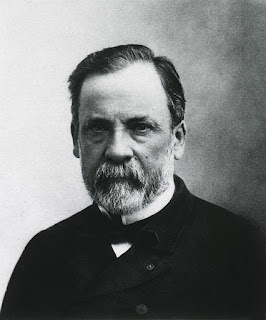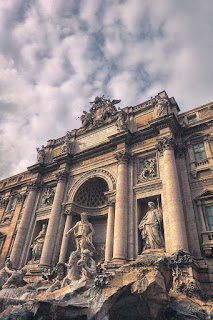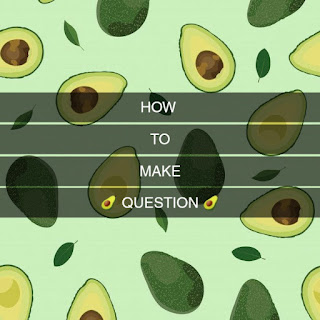INVENTOR BIOGRAPHY : LOUIS PASTEUR
👨🦳H E L L O E V E R Y O N E👨🦳
On this blog, I will tell an example of a world famous inventor.
He is an inventor of vaccination
His name is
👨🦳LOUIS PASTEUR👨🦳
And this is the biography,
Happy reading^^
Biography of Louis Pasteur - Inventor of Vaccinations
Louis Pasteur is a French-born chemist and microbiologist. He is best known for his discoveries on the principles of vaccination, microbial fermentation and pasteurization (a way to prevent food spoilage for some time by heating). He is remembered for his extraordinary breakthroughs in the cause and prevention of a disease, and he discovered that he saved the lives of many. He lowered the mortality rate from puerperal fever, and created the first vaccines for rabies and anthrax. Its medical discoveries provide direct support for the germ theory of disease and its application in clinical medicine. He is known to the public for his discoveries in the technique of processing milk and wine to stop bacterial contamination, which is called pasteurization. He is considered to be one of the three main founders of bacteriology, along with Ferdinand Cohn and Robert Koch, and is known as the "father of microbiology".
Pasteur also made important discoveries in chemistry, namely the basic molecular theories for certain crystal asymmetry and racemization. He is the Director of the Pasteur Institute which was founded in 1887. He is the Director of the Pasteur Institute which was founded in 1887. Today the institute has branches in 60 countries. His grave is located under the Institute, his remains are placed in a marble and granite coffin and stored in a vault.
Louis Pasteur was born on December 27, 1822, in Dole, Jura, France. He was the third child of Jean-Joseph Pasteur and Jeanne-Etiennette Roqui. In 1827, his family moved to Arbois, where he entered elementary school in 1831. Pastels and portraits of both his parents and friends made when he was 15 are kept in the Pasteur Institute museum in Paris. In 1838, he left for Paris to join the Barbarian Society, but returned in November. In 1839, he entered the Royal College de Besançon and earned a baccalauréat (BA) in 1840. He was appointed a teaching assistant at the Besançon college while taking special mathematics courses. He failed his first examinations in 1841. He successfully passed the scientifique baccalauréat (general science) in 1842 from Dijon with poor chemistry. After failing the test for entry to the École Normale Supérieure in Paris in 1842, he was successful in 1844.
In 1845 he received the Bachelor of Science ès Licenci. In 1846, he was appointed professor of physics at the College de Tournon in Ardèche, but Antoine Jérome Balard (one of the discoverers of the element bromine) wanted him back at the École Normale Supérieure as an assistant (preparateur) for a chemistry course. He joined Balard and simultaneously started his research in crystallography and in 1847, he submitted two theses, one in chemistry and the other in physics. After working as professor of physics at Dijon Lycée in 1848, he became professor of chemistry at the University of Strasbourg, where he met Marie Laurent, daughter of the Rector's university in 1849. They married on May 29, 1849, and had five children. , only two of them survived to adulthood; the other three died of typhus. It was a personal tragedy that motivated him to cure infectious diseases.
Then Pasteur research about cholera in chickens. Pasteur made the bacteria weak, then injected it into the body of the chicken, then the chicken became immune to cholera. In the 1870s, he applied this immunization method to anthrax, which affected livestock and aroused interest in fighting other diseases. The rabies vaccine was originally created by Emile Roux, a French doctor and a colleague of Pasteur. The vaccine has been tested in only 11 dogs before being tested on humans. The vaccine was first used on 9 year old Joseph Meister on July 6, 1885, after the child was badly bitten by a mad dog. Three months later he examined Meister and found that he was in good health. Pasteur was hailed as a hero. This success is the basis for the production of a variety of other vaccines. The Pasteur Institute was built on these accomplishments.
Pasteur had suffered from frequent strokes since 1868, and 1894 was a time of great concern to his health. He died in 1895, near Paris. His funeral was carried out state-of-the-art and buried in Notre Dame Cathedral, but his remains were reinterred in crypt at the Pasteur Institute in Paris, the crypt was engraved with works that saved his life.
💁I also prepared a video that you can see💁
So, that's a short biography of one of the world's great inventors, namely "LOUIS PASTEUR"
I hope this helps you to know more great inventors in the world who are still not famous.
see you later, and stay healthy💓💓💓







i like your blog, very nice for information 👍🏻👍🏻👍🏻👍🏻👍🏻
BalasHapusWow it's so cool!! 😍
BalasHapusthanks for information, jenita! 😊
BalasHapusThanks for your information
BalasHapusI love it!
BalasHapusGreat information jein! Keep fight✨✨
BalasHapusThanks for Information, babe✨
BalasHapus